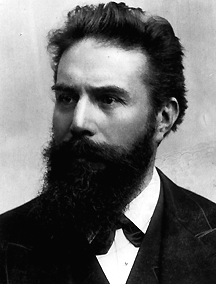Picture of Wilhelm Roentgen
The Bettmann Archive
Wilhelm Roentgen
Wilhelm Roentgen was a German physicist who lived between 1845-1923. His accidental discovery of x-rays in 1895 revolutionized the fields of physics and medicine, and won him the first Nobel Prize.
X-rays are a type of electromagnetic radiation whose wavelength is smaller than visible light. They are very penetrating and pass through dense objects that absorb ordinary light. In one of his experiments, Roentgen passed x-rays through his wife's hand and was able to see her bone structre.
Today, we use x-rays as diagnostic tools in medicine, to locate bone fractures and breaks, cancerous tumors, and tooth cavities.
You might also be interested in:

How did life evolve on Earth? The answer to this question can help us understand our past and prepare for our future. Although evolution provides credible and reliable answers, polls show that many people turn away from science, seeking other explanations with which they are more comfortable.
...more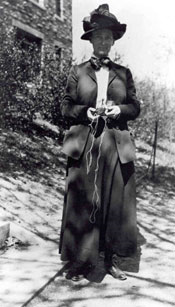
Florence Bascom (1862-1945) was one of the first female geologists in the United States and her colleagues regarded her as one of the nation’s most important geologists. In 1896 she was the first woman
...more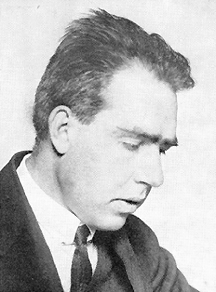
Niels Bohr was a Danish physicist who lived between 1885-1962. He investigated atomic structure, modifying Rutherford's old model of an atom by confining electrons to orbits of specific radii. Bohr also
...more
Marie Curie was a physicist and chemist who lived between 1867-1934. She contributed greatly to our understanding of radioactivity and the effects of x-rays. She was born Maria Skłodowska in Warsaw,
...more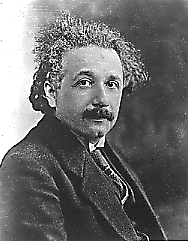
Albert Einstein was a German physicist who lived between 1879-1955. His special and general theories of relativity, theory of Brownian motion, work in quantum physics, statistical mechanics, and on the
...more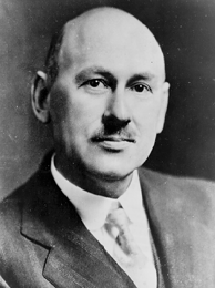
Robert Goddard was an American physicist who lived between 1882-1945. He was a pioneer of modern rocketry who discovered that liquid fuel is more efficient than solid fuel. Although Goddard's first rocket
...more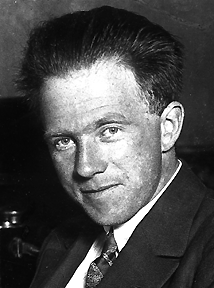
Werner Heisenberg was a German physicist who lived between 1901-1976. He developed new theories in quantum mechanics which agreed with the results of previous experiments. Heisenberg is most famous for
...more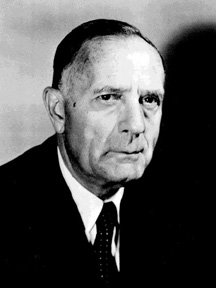
Edwin Hubble was an American astronomer who lived between 1889-1953. He studied law at Oxford under a Rhodes scholarship before deciding on a career as an astronomer. This career eventually led to cosmology.
...more
